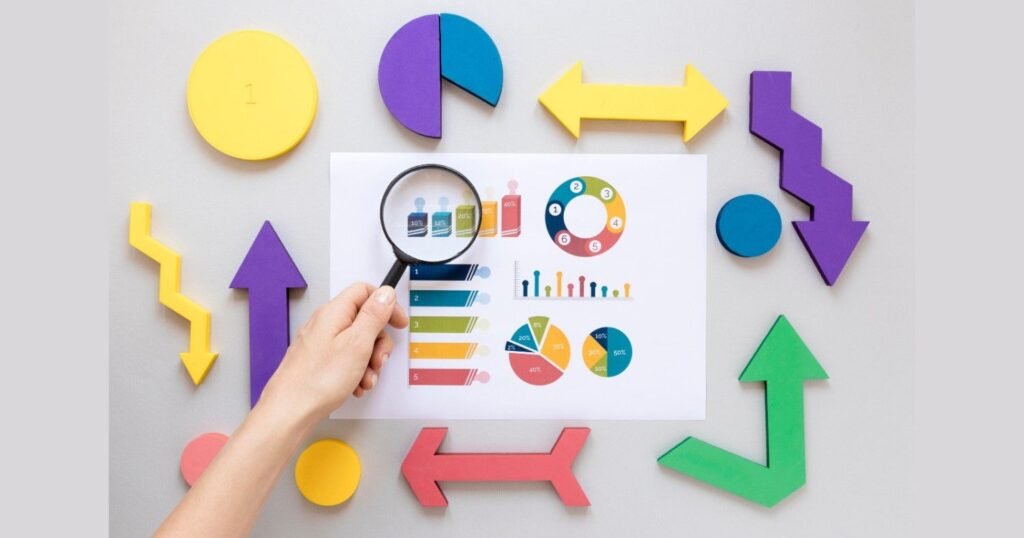The safety shoes market has emerged as a vital segment within the global personal protective equipment (PPE) industry, driven by increasing awareness of workplace safety, growing industrialization, and stringent regulations enforced by labor safety authorities. These specialized shoes are designed to protect workers from various occupational hazards such as slips, falls, electrical shocks, punctures, and impact injuries. As the global workforce expands and industries modernize, the demand for high-performance safety footwear continues to grow, resulting in consistent market expansion and innovation.
Market Overview
The safety shoes market includes various types of protective footwear such as steel toe boots, composite toe shoes, insulated footwear, electric hazard shoes, metatarsal shoes, and slip-resistant boots. These products are widely used in industries including construction, manufacturing, oil & gas, chemicals, transportation, mining, and pharmaceuticals. The global market is characterized by a shift from traditional heavy boots to more lightweight, ergonomic, and stylish designs that prioritize comfort along with safety.
The market size of the global safety shoes industry is on a steady upward trajectory. Rapid industrialization in emerging economies, coupled with strict workplace safety mandates in developed regions, has catalyzed demand. Moreover, increasing employment in high-risk sectors and investments in infrastructure development are further contributing to the market’s growth.
Key Market Drivers
-
Regulatory Compliance and Safety Standards
Governments and regulatory bodies worldwide have enforced strict laws regarding worker safety in hazardous environments. Organizations like the Occupational Safety and Health Administration (OSHA), the International Labor Organization (ILO), and the European Agency for Safety and Health at Work (EU-OSHA) mandate the use of PPE, including safety shoes. These regulations are compelling companies to equip their workforce with certified safety footwear, driving consistent demand. -
Rising Industrialization and Infrastructure Projects
Developing regions such as Asia-Pacific, the Middle East, and Africa are undergoing rapid industrial transformation. The increase in manufacturing plants, transportation infrastructure, and construction projects has intensified the need for safety gear. This has led to increased adoption of safety shoes in industries ranging from heavy engineering to logistics. -
Technological Innovations
Manufacturers are investing in R&D to develop shoes that are both protective and comfortable. The integration of breathable materials, anti-fatigue insoles, waterproof membranes, and advanced shock absorption technologies has elevated product appeal. Additionally, eco-friendly materials and smart safety shoes embedded with sensors for real-time tracking and health monitoring are emerging trends in the market. -
Growth in E-Commerce
The rise of digital platforms and e-commerce channels has made it easier for consumers and businesses to access a wide range of safety footwear options. Online distribution has increased product visibility and accessibility, particularly in remote regions and for small businesses seeking cost-effective safety solutions.
Market Segmentation
By Product Type:
-
Steel Toe Shoes: The most traditional and widely used variant, ideal for protection against heavy falling objects.
-
Composite Toe Shoes: Lighter and made with non-metal materials like Kevlar or carbon fiber, suitable for environments with metal detectors or where electrical resistance is important.
-
Metatarsal Shoes: Provide additional protection to the upper foot, often used in heavy manufacturing and welding operations.
-
Slip-Resistant Shoes: Designed for environments prone to wet or oily floors, such as kitchens, hospitals, and food processing facilities.
-
Electric Hazard Shoes: Insulated footwear designed to prevent electrical hazards, often used by utility workers and electricians.
By Application:
-
Construction: A leading end-use sector, safety shoes are critical in protecting workers from falling objects, sharp debris, and electrical risks.
-
Manufacturing: Factory floors present multiple risks, including machinery-related injuries, making protective footwear mandatory.
-
Oil & Gas: Explosive and slippery environments require flame-resistant, anti-slip, and chemical-resistant shoes.
-
Healthcare & Pharmaceuticals: Lightweight, slip-resistant, and hygienic shoes are preferred in medical settings.
-
Mining: Heavy-duty footwear designed for underground hazards and rugged terrain are essential in mining operations.
By Gender:
-
Men: Traditionally the larger consumer segment due to male dominance in labor-intensive industries.
-
Women: The market for women’s safety shoes is growing, with increasing female participation in industrial and technical roles.
By Distribution Channel:
-
Online: Rapidly gaining popularity due to convenience, comparison options, and availability of global brands.
-
Offline (Retail Stores, Industrial Distributors): Still widely preferred for bulk purchases and personalized fitting services, especially by large companies.
Regional Insights
-
North America: A mature market characterized by strict safety regulations and high PPE penetration. The U.S. leads with strong demand across construction, warehousing, and oil & gas.
-
Europe: Known for its high-quality standards and innovation in safety footwear, especially in Germany, Italy, and the U.K.
-
Asia-Pacific: The fastest-growing region due to rapid urbanization, increasing industrial base, and supportive government policies. Countries like China, India, and Indonesia are experiencing a surge in demand.
-
Middle East & Africa: Growth is fueled by expansion in construction and oil & gas industries. Safety awareness campaigns and infrastructure projects are boosting product adoption.
-
Latin America: Moderate growth driven by increasing safety norms and rising awareness among local industries in Brazil, Mexico, and Argentina.
Competitive Landscape
The safety shoes market is highly fragmented and competitive, with numerous global and regional players. Leading companies are investing in product innovation, brand positioning, and geographic expansion to strengthen their market presence. Key strategies include:
-
Mergers and Acquisitions: Companies acquire smaller regional players to tap into local markets and distribution networks.
-
Product Diversification: Brands are offering a wide range of styles, colors, and designs to cater to both industrial and lifestyle needs.
-
Sustainability Focus: Eco-conscious manufacturing and the use of recyclable materials are gaining importance as consumers and industries become environmentally aware.
Challenges
Despite robust growth, the market faces several challenges:
-
Price Sensitivity: Small businesses and emerging markets often prioritize cost over safety, leading to a preference for low-quality or uncertified products.
-
Counterfeit Products: The proliferation of fake safety shoes undermines brand trust and compromises worker safety.
-
Comfort vs. Protection Trade-offs: Some safety shoes sacrifice comfort for protection, leading to worker fatigue and reluctance to use them consistently.
-
Lack of Awareness: In rural or informal work sectors, the importance of certified safety gear is still underrecognized.
Future Outlook
The future of the safety shoes market looks promising. With growing concern for occupational health, the global trend is moving toward customized safety solutions, increased adoption of smart technology, and aesthetically appealing designs. Innovation will continue to shape product offerings—whether it’s through 3D printing for customized fits, biometric-enabled safety tracking, or environmentally sustainable materials.
Demand from emerging economies will drive volume, while premium markets will see growth through value-added features. Moreover, partnerships between safety gear manufacturers and corporate buyers are expected to expand, especially as companies adopt ESG frameworks and aim for zero-accident workplaces.
In summary, the safety shoes market is evolving beyond basic protection to become an integral part of worker well-being, compliance, and corporate responsibility. As industries continue to prioritize safety and performance, the market will remain dynamic and opportunity-rich in the years to come.

